-
 Bitcoin
Bitcoin $118400
0.47% -
 Ethereum
Ethereum $3836
2.20% -
 XRP
XRP $3.157
2.98% -
 Tether USDt
Tether USDt $0.9999
-0.03% -
 BNB
BNB $801.5
1.31% -
 Solana
Solana $180.9
2.07% -
 USDC
USDC $0.9999
-0.02% -
 Dogecoin
Dogecoin $0.2225
2.50% -
 TRON
TRON $0.3285
-1.02% -
 Cardano
Cardano $0.7789
2.60% -
 Hyperliquid
Hyperliquid $43.60
2.39% -
 Sui
Sui $3.892
4.41% -
 Stellar
Stellar $0.4229
3.34% -
 Chainlink
Chainlink $18.01
3.98% -
 Hedera
Hedera $0.2745
6.77% -
 Bitcoin Cash
Bitcoin Cash $582.3
3.38% -
 Avalanche
Avalanche $23.77
1.04% -
 Ethena USDe
Ethena USDe $1.001
0.01% -
 Toncoin
Toncoin $3.493
3.59% -
 Litecoin
Litecoin $110.0
2.48% -
 UNUS SED LEO
UNUS SED LEO $8.936
-0.37% -
 Shiba Inu
Shiba Inu $0.00001304
2.49% -
 Uniswap
Uniswap $9.999
1.09% -
 Polkadot
Polkadot $3.897
3.26% -
 Monero
Monero $308.6
-0.83% -
 Dai
Dai $0.9999
-0.01% -
 Bitget Token
Bitget Token $4.504
-0.04% -
 Pepe
Pepe $0.00001154
2.95% -
 Cronos
Cronos $0.1471
3.06% -
 Ethena
Ethena $0.6691
19.53%
What is the relationship between the WMA and the underlying asset's price?
The Weighted Moving Average (WMA) prioritizes recent prices, making it more responsive than SMA and ideal for spotting trends in volatile crypto markets like Bitcoin and Ethereum.
Jul 31, 2025 at 01:29 pm
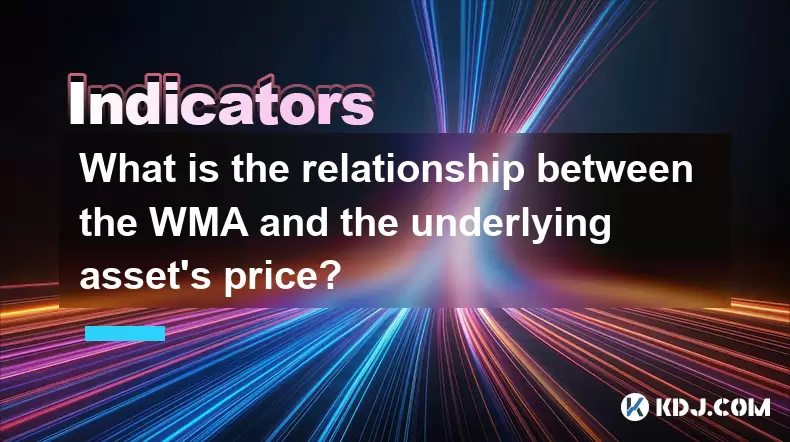
Understanding the Weighted Moving Average (WMA)
The Weighted Moving Average (WMA) is a technical analysis tool used in cryptocurrency trading to smooth price data over a specified time period. Unlike the Simple Moving Average (SMA), which assigns equal weight to all data points, the WMA gives greater importance to recent prices. This makes the WMA more responsive to new information and market movements. In the context of digital assets, where price volatility is common, this responsiveness allows traders to detect trend changes more quickly. The formula for WMA involves multiplying each price in the data set by a weighting factor, with the most recent price receiving the highest weight, and then dividing the sum of these values by the sum of the weights.
How WMA Reflects Price Trends in Cryptocurrency Markets
In fast-moving markets like those for Bitcoin, Ethereum, or altcoins, the WMA acts as a dynamic indicator of momentum. When the price of a cryptocurrency is rising steadily, the WMA will slope upward, reflecting the increasing influence of higher recent prices. Conversely, during a downtrend, the WMA will decline as newer, lower prices dominate the calculation. Because of its sensitivity to recent data, the WMA often tracks closer to the current price than the SMA, making it a preferred tool for short-term traders. This close relationship helps traders identify whether an asset is gaining or losing momentum in real time.
Calculating the WMA: A Step-by-Step Guide
To compute the WMA for a given period, follow these steps:
- Determine the number of periods (e.g., 5 days).
- Assign weights to each price, starting with the oldest at weight 1 and increasing by 1 for each subsequent day.
- For a 5-day WMA, weights would be 1, 2, 3, 4, and 5, with day 5 (most recent) having the highest weight.
- Multiply each day’s closing price by its corresponding weight.
- Sum the weighted prices.
- Sum the weights (1+2+3+4+5 = 15 in this case).
- Divide the total weighted price by the sum of the weights to get the WMA.
For example, if Bitcoin’s closing prices over 5 days are $30,000, $31,000, $32,000, $33,000, and $34,000, the WMA would be:
(30,000×1 + 31,000×2 + 32,000×3 + 33,000×4 + 34,000×5) / 15 = $32,400
This result is higher than the SMA of the same period, demonstrating how recent price increases pull the WMA upward more aggressively.
Using WMA to Identify Support and Resistance Levels
Traders often use the WMA to identify potential support and resistance zones in cryptocurrency price charts. When the price approaches the WMA from above and bounces off it, the WMA may act as dynamic support. Similarly, if the price is below the WMA and fails to break above it, the WMA serves as resistance. Because the WMA adjusts based on recent price action, these levels are not static. For instance, during a bullish trend in Ethereum, the 20-day WMA might consistently act as a floor, with traders watching for bounces as potential entry points. The closer the price stays to the WMA, the stronger the trend is considered. Deviations above or below can signal weakening momentum or potential reversals.
WMA Crossovers and Their Significance in Trading Signals
A common strategy involves using multiple WMA lines on a chart to generate trading signals. For example, traders may plot a short-term WMA (e.g., 10-day) and a longer-term WMA (e.g., 30-day). When the shorter WMA crosses above the longer one, it generates a bullish signal, suggesting upward momentum is accelerating. This is known as a "golden cross" in some contexts. Conversely, when the short-term WMA crosses below the long-term WMA, it indicates bearish momentum, sometimes called a "death cross." These crossovers are particularly useful in volatile crypto markets, where quick reactions to price changes are essential. However, due to the WMA’s sensitivity, such signals can sometimes result in false positives during sideways or choppy markets.
Comparing WMA with Other Moving Averages in Crypto Analysis
While the WMA emphasizes recent prices, the Simple Moving Average (SMA) treats all prices equally, making it slower to react. The Exponential Moving Average (EMA) also prioritizes recent data but uses a smoothing factor rather than linear weights. The WMA’s linear weighting system makes it more intuitive for some traders. In fast-moving crypto markets, the WMA often provides earlier signals than the SMA but may lag slightly behind the EMA in responsiveness. Traders choose between these based on their strategy—scalpers may prefer EMA, while swing traders might favor WMA for its balance of sensitivity and clarity.
Frequently Asked Questions
Q: Can the WMA be used on intraday cryptocurrency charts?
Yes, the WMA is effective on intraday timeframes such as 15-minute, 1-hour, or 4-hour charts. Its responsiveness to recent price changes makes it suitable for short-term trading strategies in volatile markets like Bitcoin or altcoins.
Q: Does the WMA work better in trending or ranging markets?
The WMA performs best in trending markets where prices move with consistent momentum. In ranging or sideways markets, the WMA may generate frequent false signals due to its sensitivity to price fluctuations.
Q: How do I choose the right period for a WMA in crypto trading?
The choice depends on trading style. Short-term traders often use 5 to 10 periods, while medium-term traders may use 20 to 50. Backtesting on historical price data for a specific cryptocurrency can help determine the optimal setting.
Q: Is the WMA suitable for all cryptocurrencies?
The WMA can be applied to any cryptocurrency with sufficient price data. However, it works more reliably on high-liquidity assets like Bitcoin and Ethereum, where price data is less prone to manipulation or erratic spikes.
Disclaimer:info@kdj.com
The information provided is not trading advice. kdj.com does not assume any responsibility for any investments made based on the information provided in this article. Cryptocurrencies are highly volatile and it is highly recommended that you invest with caution after thorough research!
If you believe that the content used on this website infringes your copyright, please contact us immediately (info@kdj.com) and we will delete it promptly.
- Coinbase, Ethereum, and Science Token: A New Era for Crypto?
- 2025-08-01 06:50:12
- Byzantine Coin Pendant: Elite Evidence Shines New Light on Early Medieval Essex
- 2025-08-01 07:10:55
- From Homeless to Homeowner: A Ring, a Good Deed, and a Life Transformed
- 2025-08-01 06:50:12
- Bitcoin's Lazarus Wallets: Dormant Movement Awakens!
- 2025-08-01 06:32:41
- Meme Coins in 2025: Arctic Pablo Leads the Pack
- 2025-08-01 07:10:55
- Arctic Pablo Coin Presale Heats Up: Is It the Next Dogecoin or Shiba Inu?
- 2025-08-01 07:27:29
Related knowledge
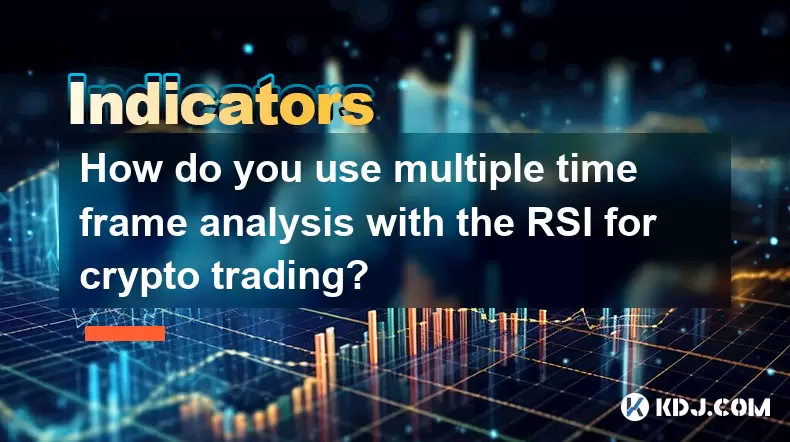
How do you use multiple time frame analysis with the RSI for crypto trading?
Aug 01,2025 at 05:19am
Understanding the Role of RSI in Crypto TradingThe Relative Strength Index (RSI) is a momentum oscillator that measures the speed and change of price ...
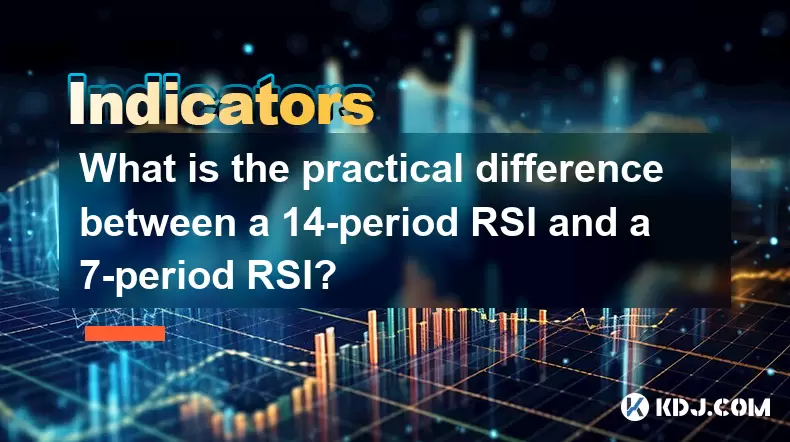
What is the practical difference between a 14-period RSI and a 7-period RSI?
Aug 01,2025 at 07:01am
Understanding the Relative Strength Index (RSI)The Relative Strength Index (RSI) is a momentum oscillator widely used in cryptocurrency trading to mea...
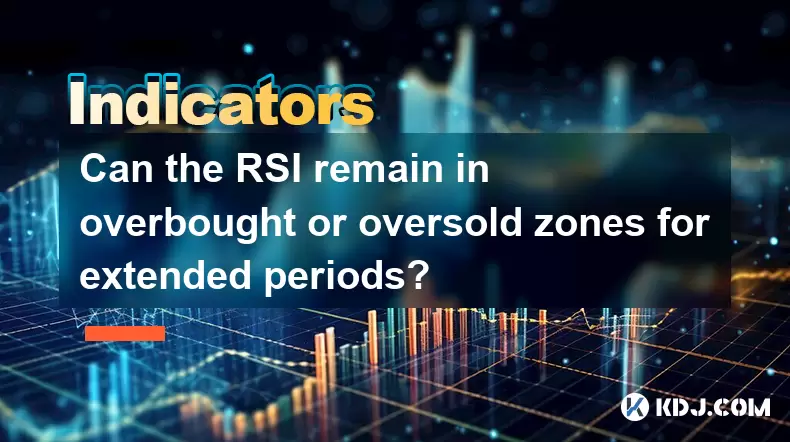
Can the RSI remain in overbought or oversold zones for extended periods?
Aug 01,2025 at 07:10am
Understanding the RSI and Its Standard InterpretationThe Relative Strength Index (RSI) is a momentum oscillator that measures the speed and change of ...

How can you use the RSI to determine exit points in crypto trades?
Aug 01,2025 at 04:29am
Understanding the Role of RSI in Crypto TradingThe Relative Strength Index (RSI) is a momentum oscillator widely used in the cryptocurrency market to ...
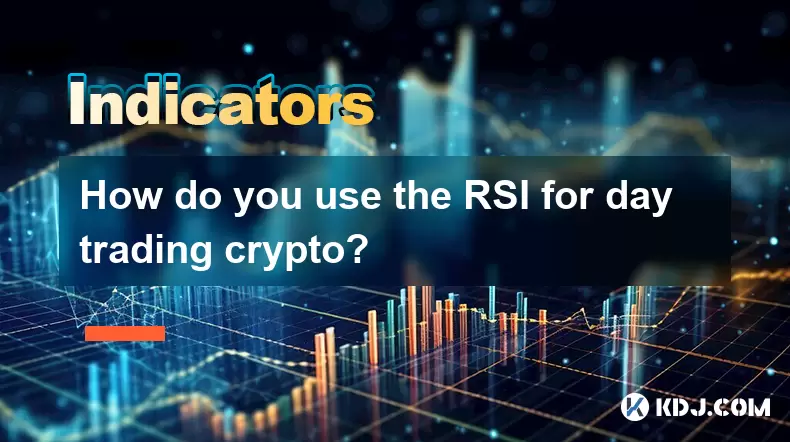
How do you use the RSI for day trading crypto?
Aug 01,2025 at 05:26am
Understanding the RSI in Cryptocurrency TradingThe Relative Strength Index (RSI) is a momentum oscillator that measures the speed and change of price ...

What does it signify when the MACD crosses below the zero line?
Aug 01,2025 at 01:43am
Understanding the MACD IndicatorThe Moving Average Convergence Divergence (MACD) is one of the most widely used technical analysis tools in the crypto...

How do you use multiple time frame analysis with the RSI for crypto trading?
Aug 01,2025 at 05:19am
Understanding the Role of RSI in Crypto TradingThe Relative Strength Index (RSI) is a momentum oscillator that measures the speed and change of price ...

What is the practical difference between a 14-period RSI and a 7-period RSI?
Aug 01,2025 at 07:01am
Understanding the Relative Strength Index (RSI)The Relative Strength Index (RSI) is a momentum oscillator widely used in cryptocurrency trading to mea...

Can the RSI remain in overbought or oversold zones for extended periods?
Aug 01,2025 at 07:10am
Understanding the RSI and Its Standard InterpretationThe Relative Strength Index (RSI) is a momentum oscillator that measures the speed and change of ...

How can you use the RSI to determine exit points in crypto trades?
Aug 01,2025 at 04:29am
Understanding the Role of RSI in Crypto TradingThe Relative Strength Index (RSI) is a momentum oscillator widely used in the cryptocurrency market to ...

How do you use the RSI for day trading crypto?
Aug 01,2025 at 05:26am
Understanding the RSI in Cryptocurrency TradingThe Relative Strength Index (RSI) is a momentum oscillator that measures the speed and change of price ...

What does it signify when the MACD crosses below the zero line?
Aug 01,2025 at 01:43am
Understanding the MACD IndicatorThe Moving Average Convergence Divergence (MACD) is one of the most widely used technical analysis tools in the crypto...
See all articles

























































































